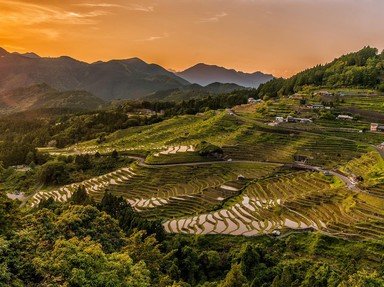
Jump Around Japan Trivia Quiz
Identify these ten locations scattered around the island nation of Japan. Some will be cities; some will be landmarks. Good luck!
A label quiz
by kyleisalive.
Estimated time: 3 mins.
- Home
- »
- Quizzes
- »
- Geography Trivia
- »
- Asia
- »
- Japan
